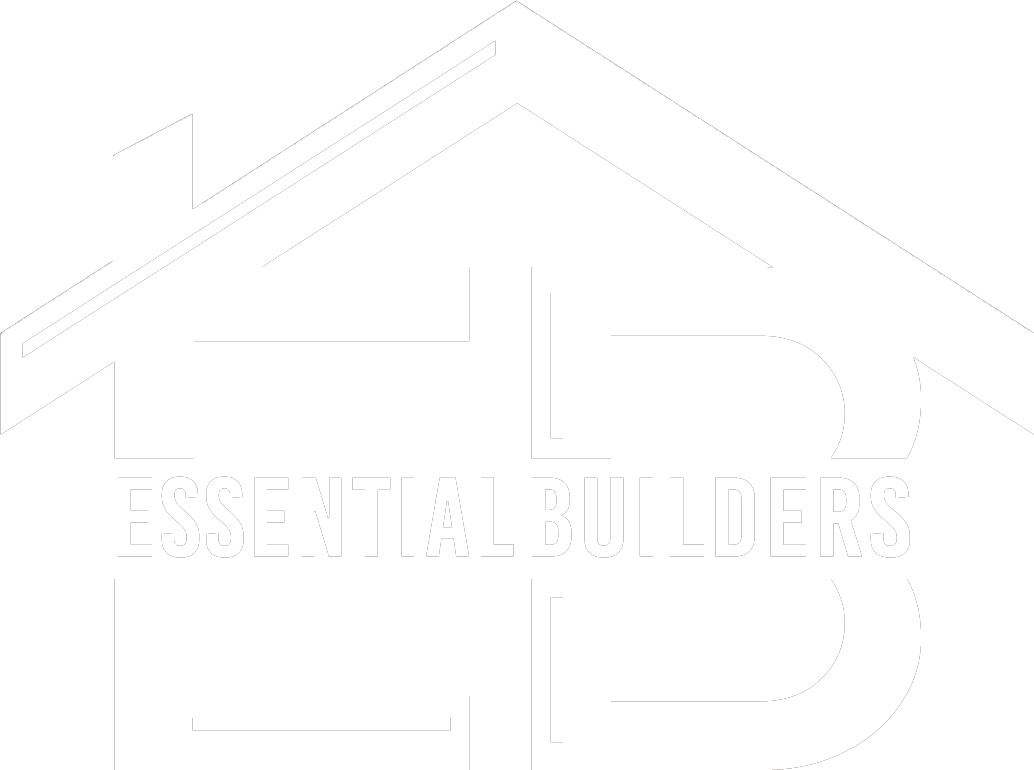
When it comes to maintaining your home, the roof plays a crucial role in protecting everything beneath it. However, many homeowners overlook the importance of understanding the various components that make up their roof. Before scheduling a roofing repair, it’s essential to understand the key elements that ensure the longevity and efficiency of your roof. In this article, we’ll explore the top seven roofing components every homeowner should be familiar with.
1. Roof Decking (Sheathing)
The roof decking, also known as sheathing, is the foundation of your roof. It’s typically made from plywood or oriented strand board (OSB) and serves as the support structure for other roofing components. The decking must be durable and free from damage, as any weakness here can lead to costly repairs down the road.
2. Underlayment
Underlayment is a protective barrier that sits between the roof decking and the shingles. Made from felt or synthetic materials, it helps prevent water from seeping into the home. During a roofing repair, checking the underlayment is crucial because water damage can occur if it’s worn or improperly installed.
3. Shingles (or Roofing Material)
Shingles are the outermost layer of your roof and are the first line of defense against the elements. Whether asphalt, wood, metal, or tile, shingles protect your home from rain, wind, and sun damage. They can wear down over time, so it’s important to assess their condition and replace any damaged shingles during roof repairs.
4. Flashing
Flashing is metal or plastic material installed around roof features like chimneys, vents, and skylights to prevent water from penetrating those areas. It’s crucial for preventing leaks in these vulnerable spots. Properly installed flashing is vital to ensure the roof’s integrity, especially when repairing areas near such features.
5. Gutters and Downspouts
While not technically part of the roof itself, gutters and downspouts are essential for directing water away from the home. Clogged or damaged gutters can cause water to pool on the roof, leading to leaks and structural damage. Ensuring gutters are clear and functional is an integral part of roof maintenance and repair.
6. Ventilation System
Proper roof ventilation is essential for regulating temperature and moisture levels in your attic. Without it, the attic can become too hot in the summer or too damp in the winter, leading to mold, rot, and other issues that could damage your roof. Roof ventilation includes ridge vents, soffit vents, and attic fans.
7. Ridge Caps
Ridge caps are the finishing touch that covers the roof’s peak. Made of shingles or metal, these caps protect the ridge from water damage and help seal the roof. They also improve the roof’s overall aesthetic. Ensure that your ridge caps are securely installed during repairs to maintain the roof’s structure and appearance.
Understanding the components of your roof is essential for maintaining its integrity and ensuring timely, cost-effective repairs. By familiarizing yourself with the roof decking, underlayment, shingles, flashing, gutters, ventilation system, and ridge caps, you’ll be better prepared when it comes time to schedule a roofing repair. If you’re uncertain about the condition of any of these components, it’s always best to consult with a professional roofing contractor to assess and address potential issues before they escalate. A well-maintained roof is an investment in your home’s safety and longevity.

